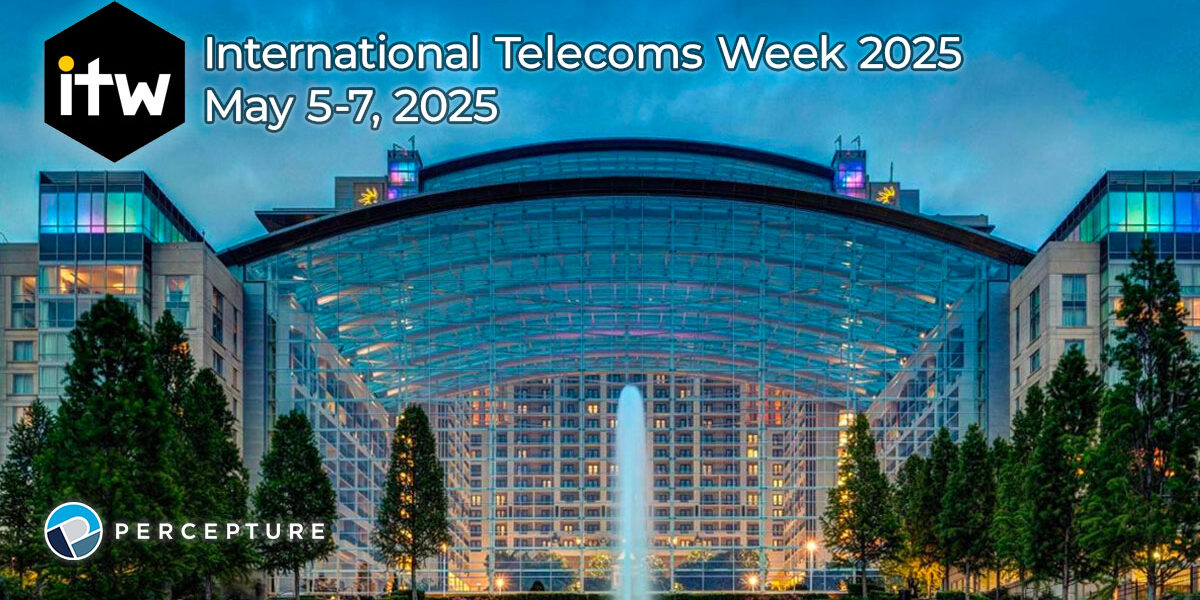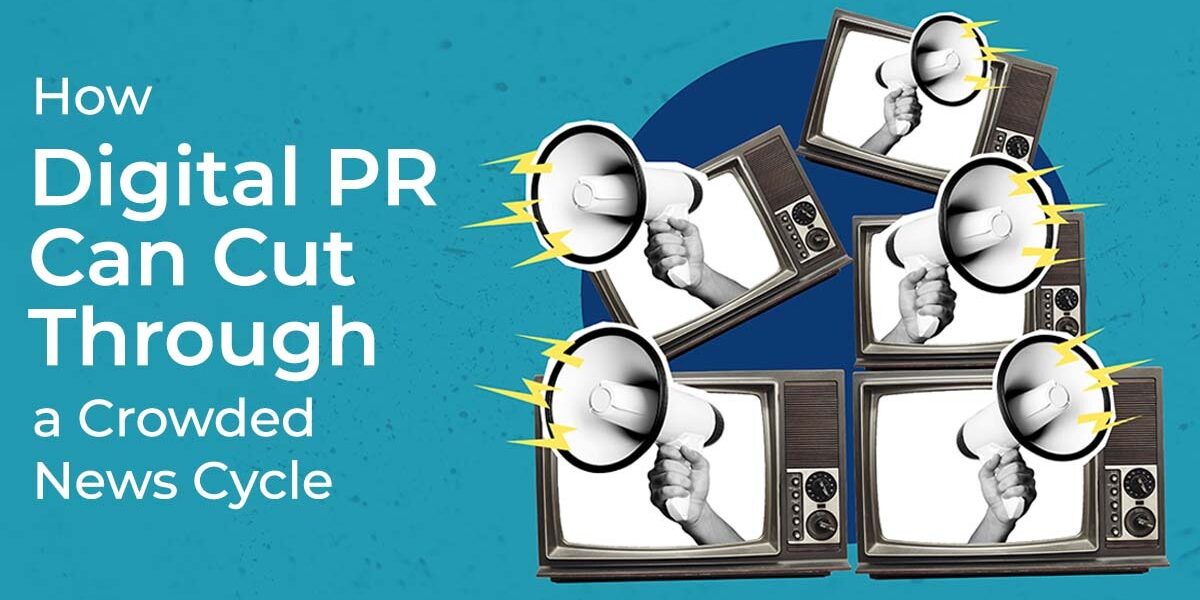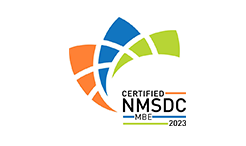Can glass data storage be the next sustainable solution for the data centers and cloud computing? Microsoft thinks so!
When it comes to sustainability in the technology and telecom industries, the story isn’t only about energy consumption and emissions. Some of the biggest challenges for sustainability come from the hardware behind technology infrastructure – like processing chips and data storage.
Sustainability is a key differentiator in marketing for technology businesses like data centers. Thanks to our experience delivering Telecom Marketing Services, we understand that sustainable business practices do more than fight climate change – they can also be the #1 factor to attract prospects and convert business.
What is Glass Data Storage?
Glass Data Storage refers to the process of permanently recording digital data onto glass structures by using a high-powered, ultra-fast laser.
The idea of storing data on glass isn’t new. Glass plate negatives were used in photography as early as 1850. The Urbana Free Library explains how dry plate negatives dominated the photography industry for decades.
Of course, it’s a big leap from storing one photo negative on glass in 1850 to storing more than 7 terabytes data in glass today! How did we get there?
Experimental programs like Microsoft’s Project Silica are using femtosecond-lasers to record data onto materials like fused quartz. These lasers operate a femtosecond at a time – that’s one 1,000,000,000,000,000th of a second, also known as one quadrillionth.
This is a “Write-Once-Read-Many” (WORM) process, which permanently records data so it can be accessed repeatedly. That’s similar to the process used to record data on optical storage like CDs and DVDs. However, those forms of physical media can be easily damaged and degrade over time.
Glass data storage can have a similar form factor to a CD or DVD, but it’s exponentially more durable. Microsoft has tested their glass storage in a variety of ways, including exposure to extreme temperatures, flooding, baking in an oven and a microwave, repeated use, electromagnetic pulses, and even scratching the structure.
In every case, the data survived!
If you’ve ever lost data to a scratched disc or a failed hard drive, you know our current storage technology isn’t nearly as durable. When it comes to accessing and maintaining data in the long-term, these storage technologies are high-cost, high-waste solutions.
Microsoft’s Project Silica Innovates Glass Data Storage
Over the past decade, Microsoft has led the way in glass data storage innovation with their Project Silica. Silica focuses on harnessing glass data storage as “a clean-slate archival storage system” optimized for the cloud.
Ant Rowstron, an engineer on Project Silica, explains why today’s data storage technology isn’t built to last.
“Magnetic technology has a finite lifetime. You must keep copying it over to new generations of media. A hard disk drive might last five years. A tape, well, if you’re brave, it might last ten years. But once that lifetime is up, you’ve got to copy it over. And that, frankly, is both difficult and tremendously unsustainable if you think of all that energy and resource we’re using.”
– from Microsoft’s “Sealed in Glass” feature on Project Silica
Glass data storage is not only more sustainable to create, record, and access, it also has a much longer lifespan. Microsoft projects their storage technology can last from 1,000 to 10,000 years!
In 2019, Microsoft wrote a copy of the classic 1979 Richard Donner Superman film onto a silica glass slide that measured just 75 millimeters square (about 3 inches) and 2 millimeters thick. This 75 gigabyte glass storage technology is smaller than a coaster on your coffee table – and it could easily survive holding your hot mug of coffee!
After years of research and experimentation, in October 2023 Microsoft presented a paper on glass storage at the 29th ACM Symposium on Operating Systems Principles. Titled “Project Silica: Towards Sustainable Cloud Archival Storage in Glass,” it outlined how glass storage technology can be a sustainable and cost-effective solution for long-term data storage.
Today, Microsoft estimates they can store 7 terrabytes of data in that same coaster-sized disc. That could hold nearly 2 million songs – or over a decade of non-stop music.
With demands for data storage growing exponentially, it’s important that innovators like Microsoft are experimenting with storing and accessing data in a more sustainable way.
The Future of Data Storage Must Be Sustainable
Glass data storage technology like Project Silica is focused on making the future of data storage more sustainable. But, the telecom industry and businesses like data centers don’t have to wait for glass storage technology to arrive to take steps to focus on sustainability.
Sustainability in marketing and technology matters to us! We work with telecom industry clients who understand that reducing their environmental impact is good for the planet AND good for business. When it comes to differentiating your business in a crowded and highly-competitive marketplace, sustainability efforts help to make headlines and close details.
Additional sources for this post:





